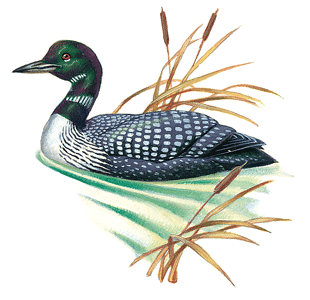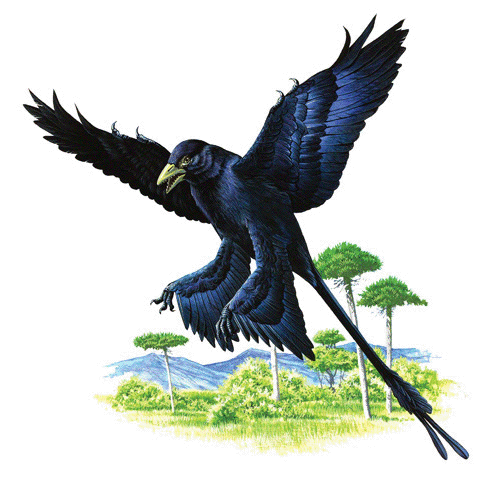Birds in United States and Canada Imperiled By Climate Change
Wednesday, September 10th, 2014September 10, 2014
Climate change will imperil nearly half the bird species in the United States and Canada by the end of the century, according to a study published September 9 by the National Audubon Society. The seven-year study compared changes in climate to shifting patterns in bird migration.
Global warming is an ongoing rise in Earth’s average surface temperature thought to result from human activities. As the planet warms, climates change, often causing a particular set of climate conditions to shift toward the poles. Thus, as conditions in the United States and Canada shift northward, birds and other living things will no longer be able to thrive over much of their traditional ranges. It is unclear, however, how successfully bird species will be able to follow shifting climates into new areas.

The common loon, also called the great northern diver, is a North American water bird with a sleek body for swimming and diving. Scientists are concerned that, as climate change shifts the traditional range of loons northwards, the bird will be unable to adapt to its new range. Many other birds of the United States and Canada may be in the same predicament (World Book illustration by Athos Menaboni).
The bald eagle, for example, is projected by the report to lose about 75 percent of its summer breeding range by 2080. Some of this range may be recovered as new areas become open to the eagle, but it is unclear whether eagles will be able to find the resources they need to survive in these places. Likewise, the range of the common loon is shifting northward, meaning that Minnesota’s state bird will likely not be found within that state by 2080.
Additional World Book articles:
- Bird (Research guide)
- Climate
- Why Species Are Important (a Special report)




